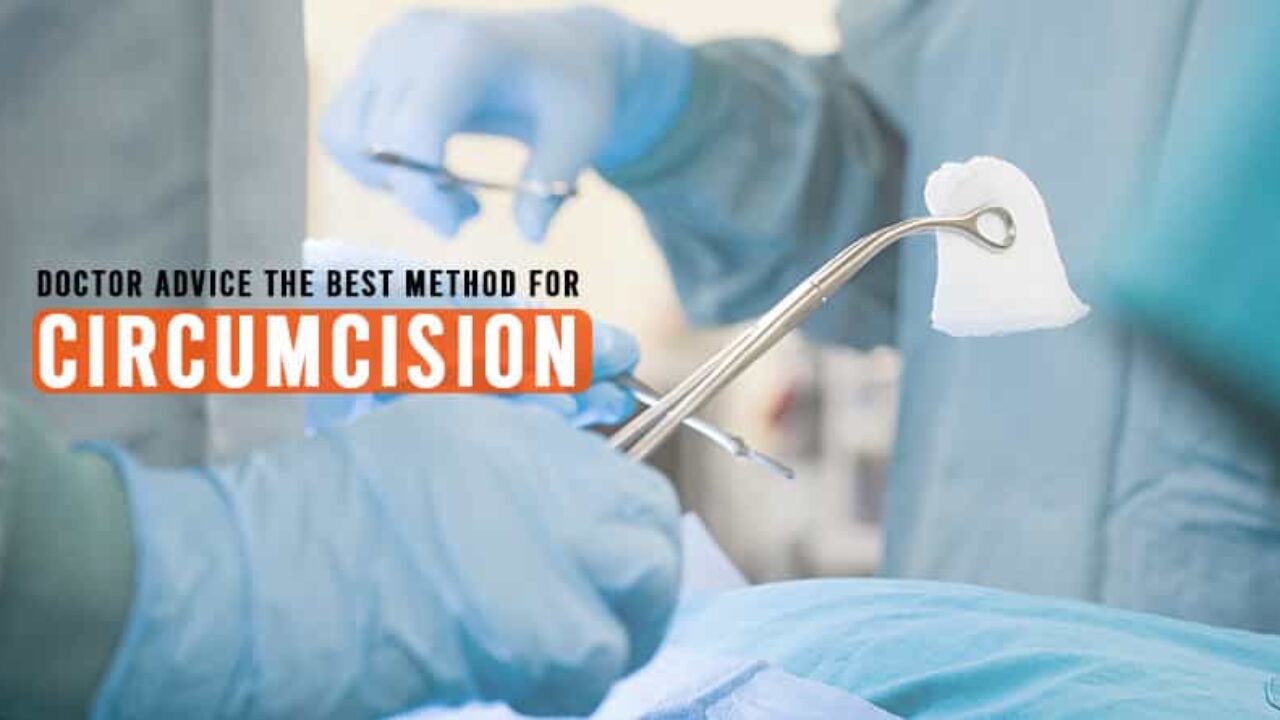Laser circumcision is also known as neonatal adult circumcision cost. It is the most modern and advanced method of infant sterilization. The procedure involves the use of a pulsed light beam to freeze the skin layers of the newborn boy. This causes the blood vessels and pre-circumcision fluid to contract.
This technique does not require incisions but is more painful and uncomfortable that the traditional Circumcision With Surgical Forceps. The surgeon will remove a small amount pre-circumcision fluid from the infant using one or more microkeratome knives. Then, the surgeon applies topical anesthetics. The baby is then wrapped in a tight, surgical garment and sent home after three to six hours.
The laser treatment can cause swelling and pain to the child’s lymphatic vessels. To minimize the discomfort, a doctor may apply a topical anesthetic cream before removing excess fluid. If the laser surgery results is fatal to an infant, his parents/legal guardians will be responsible for compensating him.

Some people think that it is safer to undergo laser circumcision. Contrary to popular belief, laser circumcision can cause scarring on the body and is not considered safe. You may be infected with HPV, which is the most common genital virus causing genital cancer. This can lead to serious health problems such as genital Cancer.
The advocates of this new technique claim it is safer than the standard method of neonatal circumcision. Neonatal circumcision is more painful than the procedure involving laser tissue welding. The first requires local anesthesia to numb the area. The latter is more risky and invasive because it involves a more complex surgical procedure. The use of general anesthesia carries a higher risk.
Some people oppose laser surgery because it is dangerous. They claim that it could lead to phimosis. Phimosis can be an inherited medical condition. It can be treated with proper hygiene and diet, but some believe it cannot be fixed by cosmetic procedures like circumferential skin resurfacing and collagen injections.
Another reason for not using this procedure is the risk of scarring. According to the American Academy of Pediatrics, the risks involved in this technique are minor. The use of traditional tools, such as sutures or metal hooks, to perform this procedure can cause damage, scarring, and even permanent damage to the cornea. A corneal suction method is a new surgical technique that doctors use since lasers are now available.
This technique can be used with a silver-tipped penlight. It is similar to the one used for photocell techniques. The difference lies in how intense the light is applied to the cornea. This method is more effective than traditional male genital cutting according to the American Academy of Pediatrics. Hospitals have been equipped with silver-tipped pens and silver light emitting diodes, or LEDs. This technique has produced impressive results.
Health organizations also recommend this procedure as a safe alternative to getting circumcised. If you have medical reasons, there is nothing to be worried about. If you are still unsure whether you want to undergo circumcision then you should weigh all your options. Circumcision by laser is an option that should be seriously considered. Go see your doctor to learn more about it.
Your doctor will likely send you for tests to determine the likelihood of genital bleeding, pain, and infection. If you meet the requirements, you can undergo conventional or laser surgery. It is possible to need multiple treatments. For example, you will need stitches from other parts of the body and the same area where you had your last treatment.
If your doctor recommends laser circumcision, you should make an appointment. Your doctor will inform you about the procedure at your first visit. Your doctor will explain to you the risks and side effects of the procedure, as well as how it is done so that you can decide whether or not you want to proceed with the procedure.
